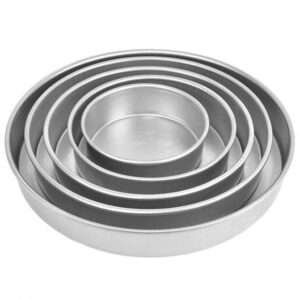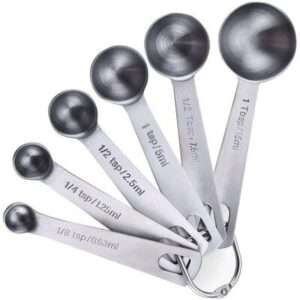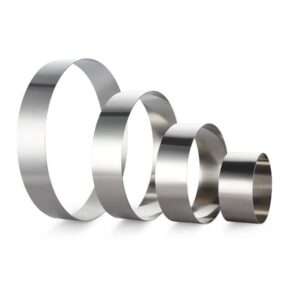Description
Measuring jug also known as a measuring cup. it is a kitchen tool used for measuring and pouring liquids. It typically comes in various sizes and may have both metric and imperial measurements. Here are some common measurements for a simple measuring jug:
Sizes:
Measuring jugs are available in various sizes, ranging from small to large. Common sizes include 1 cup, 2 cups, 4 cups (1 quart), and 8 cups (2 quarts).
Metric Measurements:
The metric measurements on a measuring jug may include milliliters (ml) or liters (l). Common metric increments are:
Milliliters: 100 ml, 250 ml, 500 ml, 1000 ml (1 liter)
Liters: 1 liter, 2 liters
Imperial Measurements:
The imperial measurements on a measuring jug may include fluid ounces (fl oz), cups, pints, and quarts. Common imperial increments are:
Fluid Ounces: 4 fl oz, 8 fl oz, 16 fl oz
Cups: 1 cup, 2 cups
Pints: 1 pint
Quarts: 1 quart, 2 quarts
Material:
Measuring jugs are commonly made of transparent plastic or glass, allowing you to see the liquid level and make accurate measurements.
Handle and Spout:
A measuring jug typically has a handle for easy pouring and a spout to facilitate controlled pouring without spills.
Measurement Markings:
Clear and well-defined measurement markings are essential for accurate measuring. These markings are usually raised or engraved on the surface of the measuring jug.
Additional Features:
Some measuring jugs may include additional features such as metric-to-imperial conversion charts, non-drip spouts, or lids for storage.
Dishwasher Safety:
Many measuring jugs are dishwasher-safe, but it’s always recommended to check the manufacturer’s instructions for proper care.
When selecting a measuring jug, consider the volume you most commonly work within your recipes and ensure that the measurement markings are clear and easy to read. The choice of material and additional features can also influence your decision based on personal preferences and needs in the kitchen.





Reviews
There are no reviews yet.